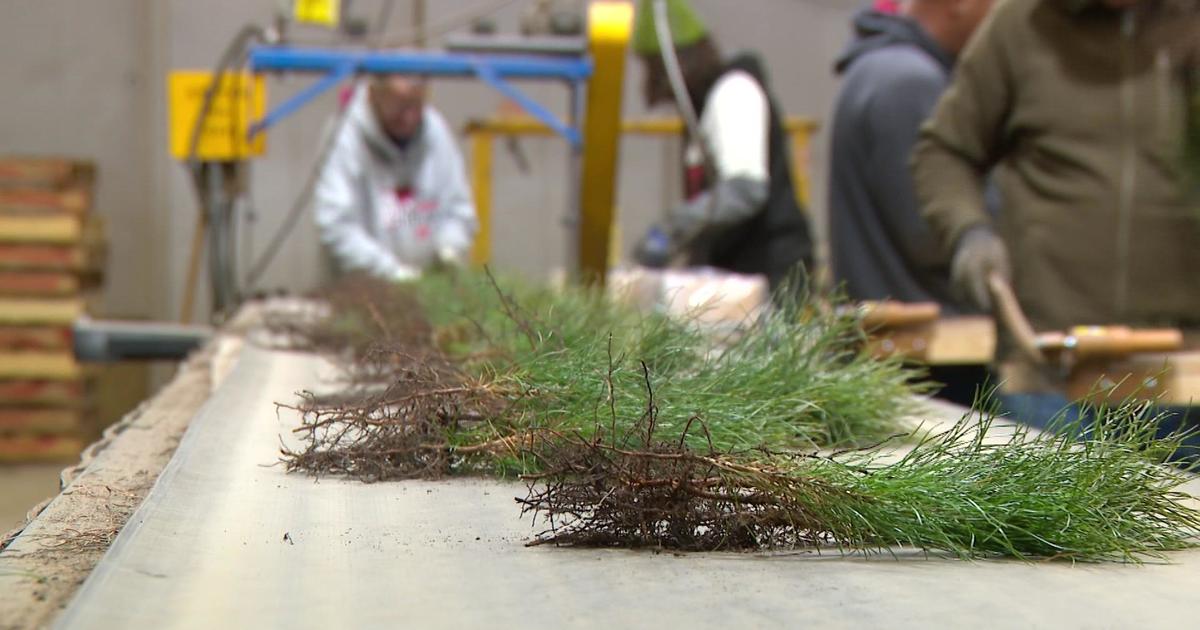Climate Change: How Is Minnesota Working To Shrink Its Carbon Footprint? How Does It Compare To Other States?
MINNEAPOLIS (WCCO) – President Joe Biden and global leaders met in Scotland today to make a pledge to slow climate change. It's a goal Minnesota leaders embarked on 16 years ago.
So we wanted to know, how is Minnesota reducing its carbon footprint? And how do we compare to other states?
From our homes, to our places of work, the fields that feed us, there's an endless list of ways in which Minnesotans create greenhouse gases, which in turn impact climate change.
Which sector contributes the most greenhouse gas emissions in Minnesota?
"The largest sector contributing greenhouse cases in Minnesota is the transportation sector," said Frank Kohlasch, climate director with the Minnesota Pollution Control Agency.
Traveling on the roads, rails, and by air accounts for roughly 25% of Minnesota's greenhouse gas emissions. Generating electricity comes in second place, followed by agriculture and forestry. Industrial, residential, commercial, and waste round out the list.
Reducing the carbon footprint in all of those categories is a mission state lawmakers started back in 2005 through the Next Generation Energy Act. The goal was to reduce Minnesota's carbon footprint by 80% by 2050. Unfortunately, new data from the MPCA shows the state is not on track to meet it.
"In fact in 2018 and 2019 we actually saw the emissions go up in Minnesota," said Kohlasch, adding that a spike in natural gas usage in the industrial sector as well as homes and commercial properties is part of the blame. There are solutions on the horizon.
"We're really excited about the Natural Gas Innovation Act, which was also passed in 2021, to remove carbon from the natural gas that we use in our buildings in Minnesota," said Kohlasch.
Minnesota is making progress in some areas. Greenhouse gas emissions from generating electricity have dropped almost 30% from 2005-2018, in part thanks to solar and wind energy in the state. Transpiration emissions have dropped more modestly at 7%, mostly due to fuel economy standards. Kohlasch said despite the growing usage of electric cars, people continue to buy large vehicles with lower fuel economy.
How does Minnesota's carbon footprint rank compare to maybe some other states?
"Different states do our calculation and our accounting differently, but looking at some of the data that we have available, especially for the upper Midwest, we're right in the middle of the pack," Kohlasch said.
Minnesota puts out 92.7 metric tons of carbon dioxide emissions, which ranks 21st, according to the U.S. Energy Information Administration.
Wisconsin is slightly ahead in 18th place at 101.4 metric tons.
Where Minnesota falls on that list isn't the MPCA's priority. The focus is on keeping the carbon footprint trending downward and at a much faster rate.
"We can do this if we all work together and we all understand that we all have a role to play and that we will all be impacted by climate change in one way or another," Kohlasch said.
A few ways you can be more climate conscious include knowing where your electricity comes from in order to access wind or solar energy. You can also opt to walk, bike, or take public transit if possible.



